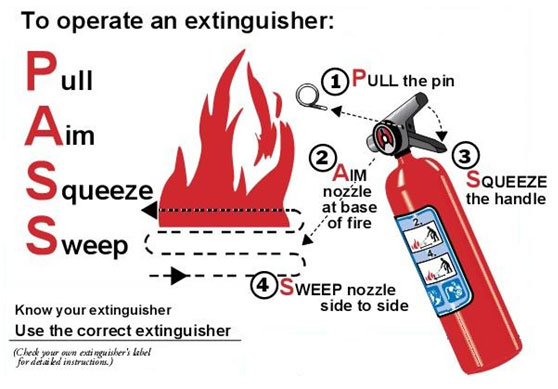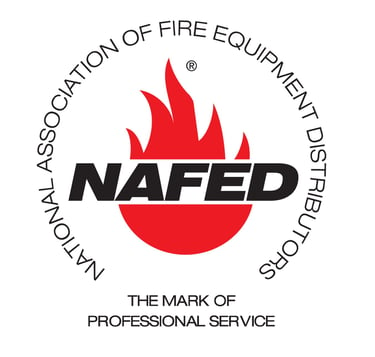Fire Extinguishers
Ryan Bros. Fire Protection sells, installs, services, and maintains all types of portable fire extinguishers. Our extensively trained team makes sure your equipment meets NFPA and Illinois state certification standards.
Portable fire extinguishers are designed to stop small fires before they grow. Still, you should always call your local fire department as soon as any fire is detected.
Click here to review requirements for each type of extinguishers.
Fire Protection
Portable Fire Extinguishers
When used properly, portable fire extinguishers can stop small fires before they grow. Still, it's critical to call your local fire department immediately when any fire is discovered.
Fire codes set standards for the number, type, and placement of extinguishers in a building. As a key part of any fire safety plan, their effectiveness depends on:
They are properly placed and in working condition.
The correct extinguisher type is available.
The fire is caught early while still manageable.
Someone nearby is trained, willing, and able to use them.
Class A
Class A
Extinguishers are designed for ordinary combustibles like paper, wood, cardboard, and most plastics. The numerical rating shows how much fire it can handle based on its water capacity.


When used correctly, portable fire extinguishers can save lives and limit property damage. They're designed for small, contained fires—not large or spreading ones. With multiple types available, choosing the right extinguisher for your home or business can be confusing. Extinguishers are categorized by fire type and many are rated for multiple uses.
Note: In Illinois, all commercial properties must have certified fire extinguishers inspected annually by a licensed company.
Class B
Class C
Class B
Fires involve flammable liquids like gasoline, oil, grease, and kerosene. The extinguisher’s numerical rating shows how many square feet of fire it can handle.
Class C
Fires involve energized electrical equipment like appliances, wiring, circuit breakers, and outlets. Never use water there’s a high risk of electrical shock. Class C extinguishers have no numerical rating; the “C” means the agent is non-conductive and safe for electrical fires.
Class K
Class D
Designed specifically for combustible metal fires (e.g., magnesium, titanium, potassium, sodium), Class D extinguishers are commonly used in labs and industrial settings. They have no numerical or multi-purpose rating.
Class D
Class K
Designed for kitchen fires involving cooking oils, fats, and greases—commonly found in restaurant and cafeteria kitchens.
Classes of Fire Extinguishers
Contact
© Copyright 2025 Ryan Brothers, LLC






